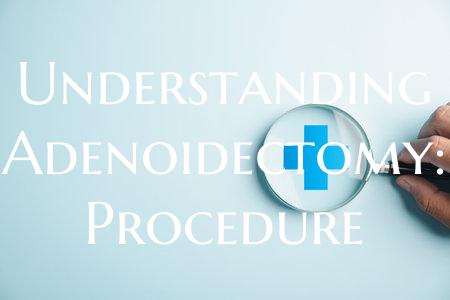
Understanding Adenoidectomy: Procedure
Adenoidectomy is a surgical procedure performed to remove the adenoids, which are small glands located at the back of the throat. This procedure is commonly recommended for individuals who experience frequent or chronic infections of the adenoids, obstructive sleep apnea, or other conditions that do not respond to non-surgical treatments.
The adenoidectomy procedure is usually performed under general anesthesia, especially in children. During the procedure, the surgeon accesses the adenoids through the mouth, using a small instrument to remove them. The surgery is relatively quick, typically lasting around 15 to 30 minutes.
After the adenoids are removed, patients may experience some discomfort, such as a sore throat or ear pain, which can be managed with pain medication. It is important to follow post-operative care instructions provided by the medical team to ensure a smooth recovery.
In most cases, adenoidectomy is a safe and effective procedure with low risks of complications. However, as with any surgery, there are potential risks, such as bleeding, infection, or adverse reactions to anesthesia. It is essential to discuss these risks with the healthcare provider and address any concerns before undergoing the procedure.
Overall, understanding the adenoidectomy procedure, its purpose, and what to expect during the recovery period can help individuals and their caregivers feel more informed and prepared for the surgery. If you have any questions or require further information about adenoidectomy, do not hesitate to consult with a healthcare professional.